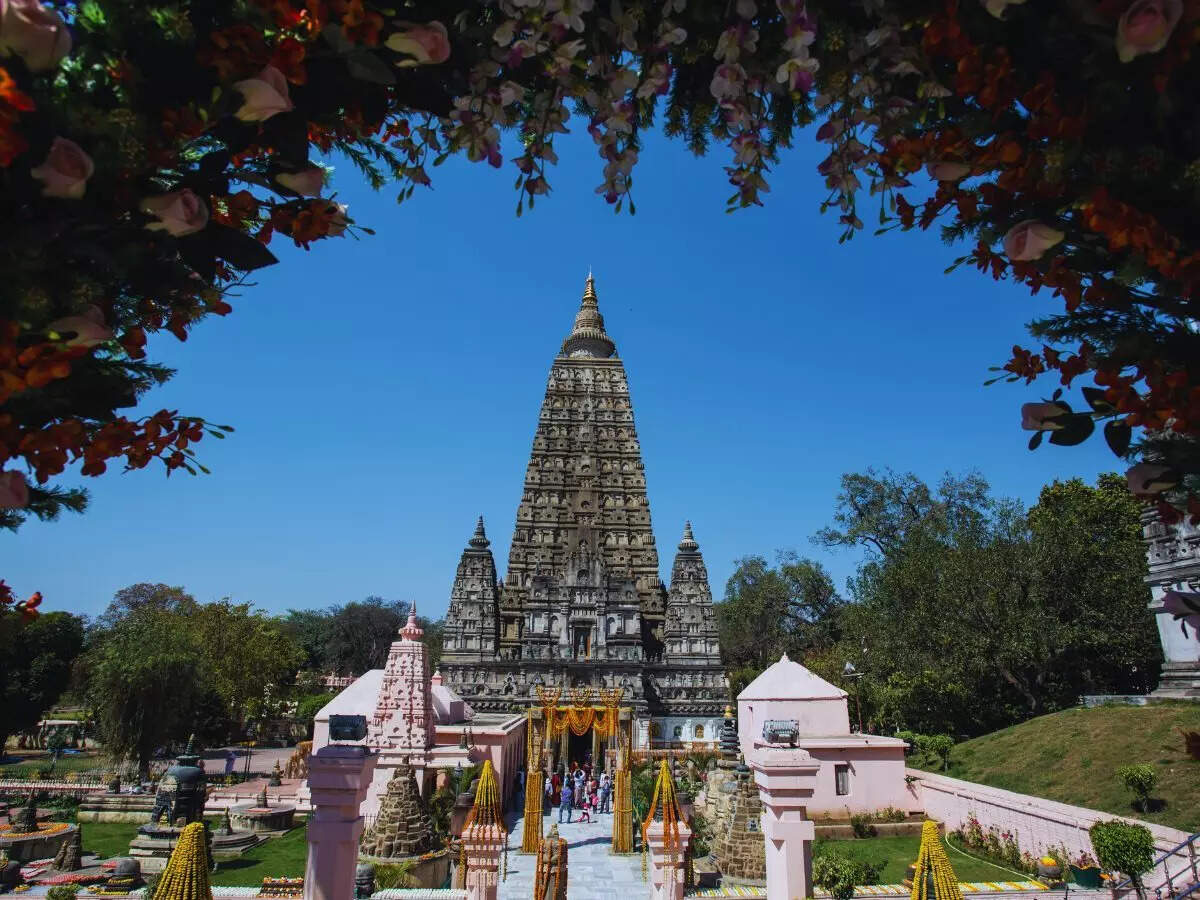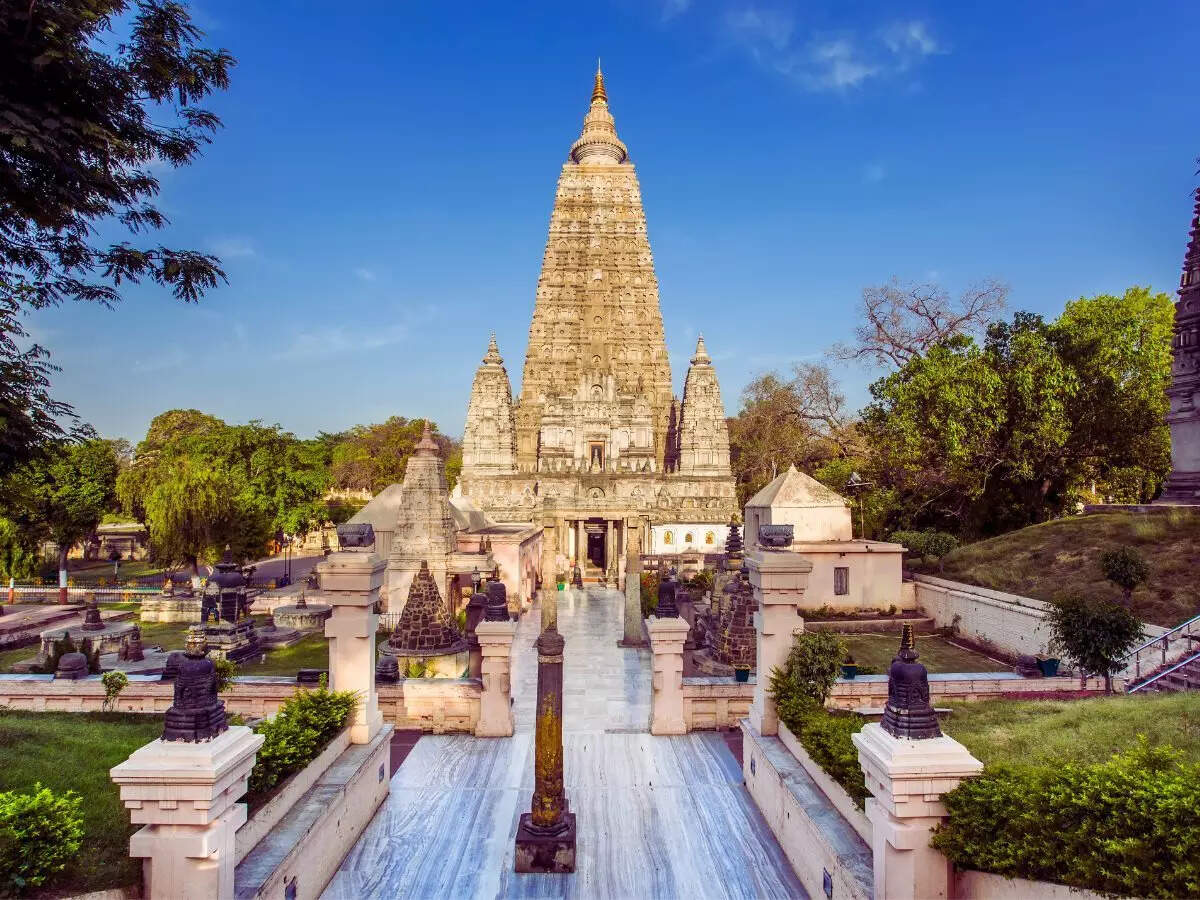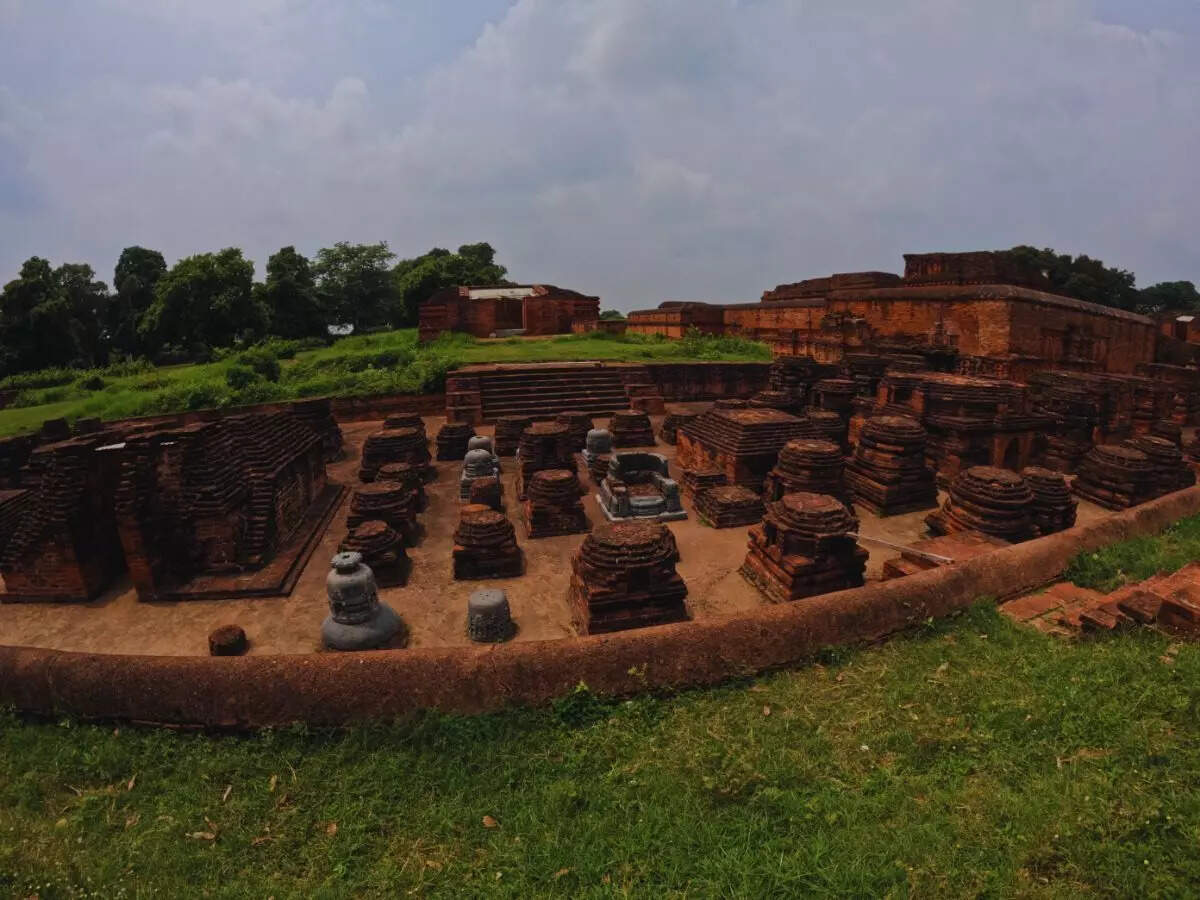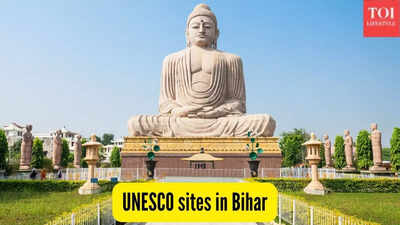Bihar’s must-visit UNESCO World Heritage sites for culture lovers

Bihar is one of the most beautiful and culturally rich states in India. Bihar is dotted with some historic ancient sites and beautiful museums which gives an insight into the rich cultural heritage and historical background of the state. The state is home to two of the most historically significant UNESCO World Heritage Sites, namely the Mahabodhi Mahavihara at Bodh Gaya and the Archaeological Site of Nalanda Mahavihara at Nalanda. These two together form an important pilgrimage site for the followers of Buddhism. These places reflect the rich spiritual and intellectual heritage that was central to the birth of Buddhism. Let’s have a closer look at the two UNESCO Heritage sites in Bihar:Mahabodhi Mahavihara, Bodh Gaya

The Mahabodhi Temple Complex in Bodh Gaya is among the most revered Buddhist pilgrimage sites in the world. It is because the place is closely associated with Gautam Buddha. This is the place where he is believed to have attained Enlightenment, under a Bodhi Tree. This is where Siddhartha became the Buddha. History The first temple was built by Emperor Ashoka in the 3rd century. However, the present structure dates to the 5th or 6th centuries CE, during the late Gupta period. What makes the Mahabodhi Temple particularly remarkable is that it’s one of the earliest surviving brick Buddhist temples in India. Sculptural reliefs carved into stone, the balustrades, and the overall design testify to high craftsmanship. UNESCO Connect

The site was inscribed on the UNESCO World Heritage List in 2002. This living heritage of Mahabodhi complex is actually living and continues to host daily rituals, prayers and meditation. Buddha Purnima is one of the most prominent festivals that is celebrated with much fervour. Archaeological Site of Nalanda Mahavihara, Nalanda

Nalanda Mahavihara is among the earliest and most renowned universities in the world. It dates back to the 3rd century BC, and continued until the 13th century. Over the centuries, Nalanda functioned as a major monastic center and a seat of higher learning, attracting scholars from all over Asia. RuinsStretching over around 23 hectares, the site is home to stupas, viharas (monastic and educational buildings) and chaityas (shrines). There’s a rich collection of sculptural art and excavations have revealed a carefully planned layout. Monasteries surround courtyards, with cells on all four sides, and in front of these lie larger shrines. Excavated remains include 11 viharas and 14 temples.Legacy of knowledgeNalanda, when alive, was not only a religious institution but a scholarly powerhouse. Its curriculum blended Buddhist philosophy with logic, mathematics, medicine and astronomy. Both Xuanzang and Yijing, Chinese pilgrims, left detailed accounts of their academic life there. These include lectures and debates. Nalanda’s decline is often linked to invasions in the 13th century, after which the university was abandoned.

The site was inscribed as a World Heritage Site in recognition of its universal value as a center of learning, architecture, and religious development. ASI has undertaken careful preservation work, with conservation that respects the authenticity of the original brickwork and archaeological layers. Today, Mahabodhi Mahavihara and Nalanda Mahavihara are more than just heritage sites — they are cornerstones of human civilization. These two UNESCO sites continue to attract culture and history lovers from across the globe to Bihar.






